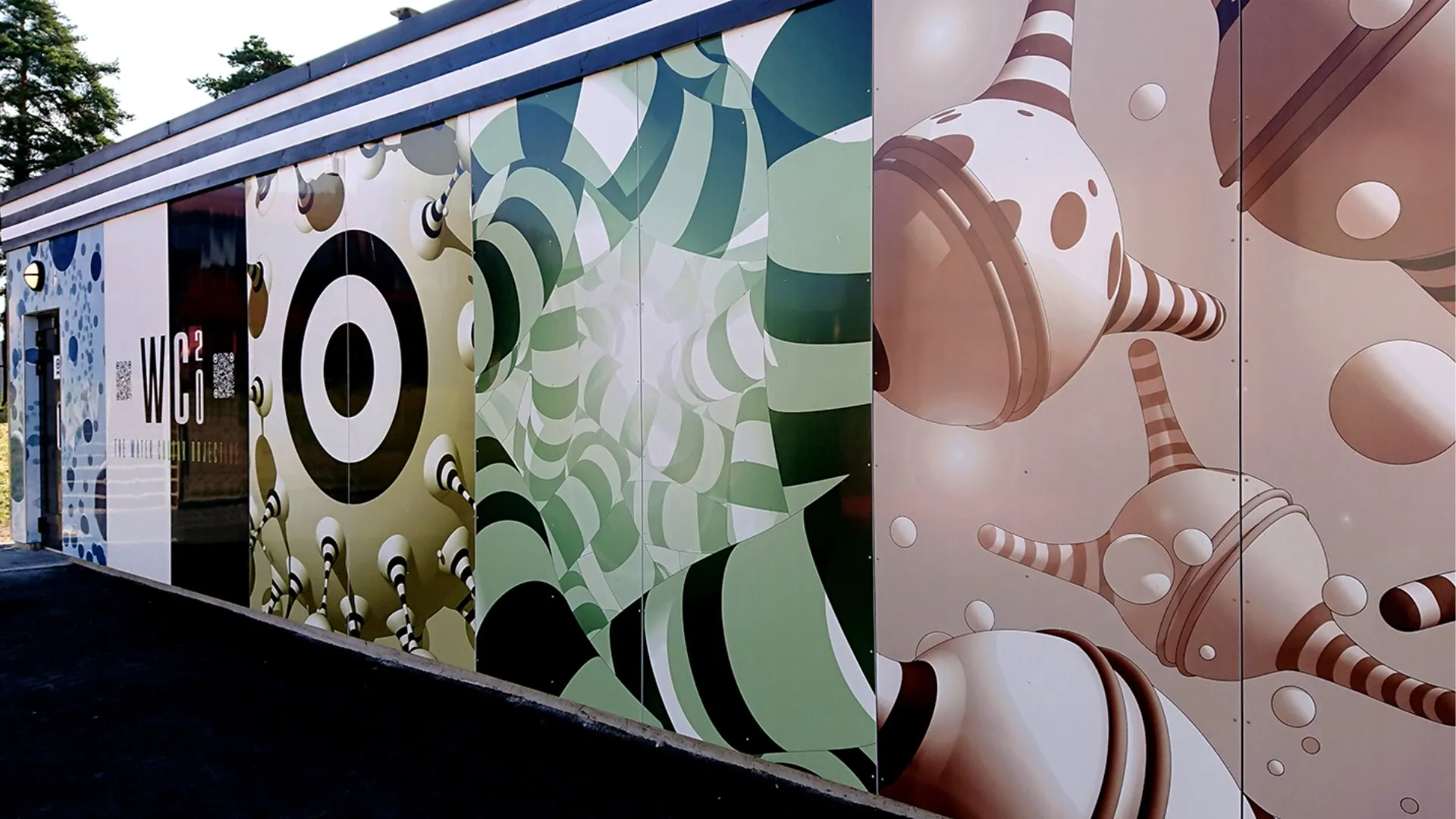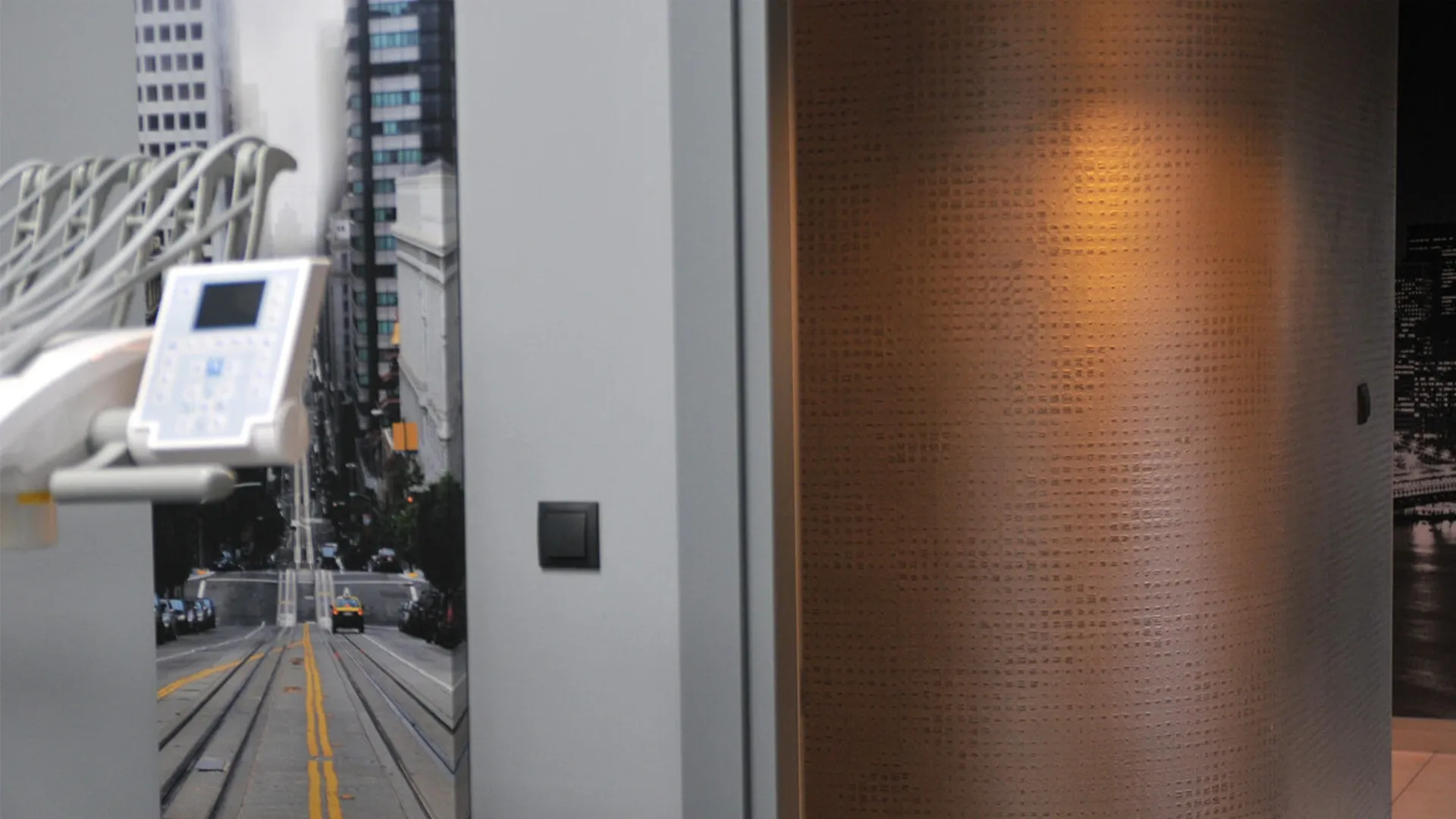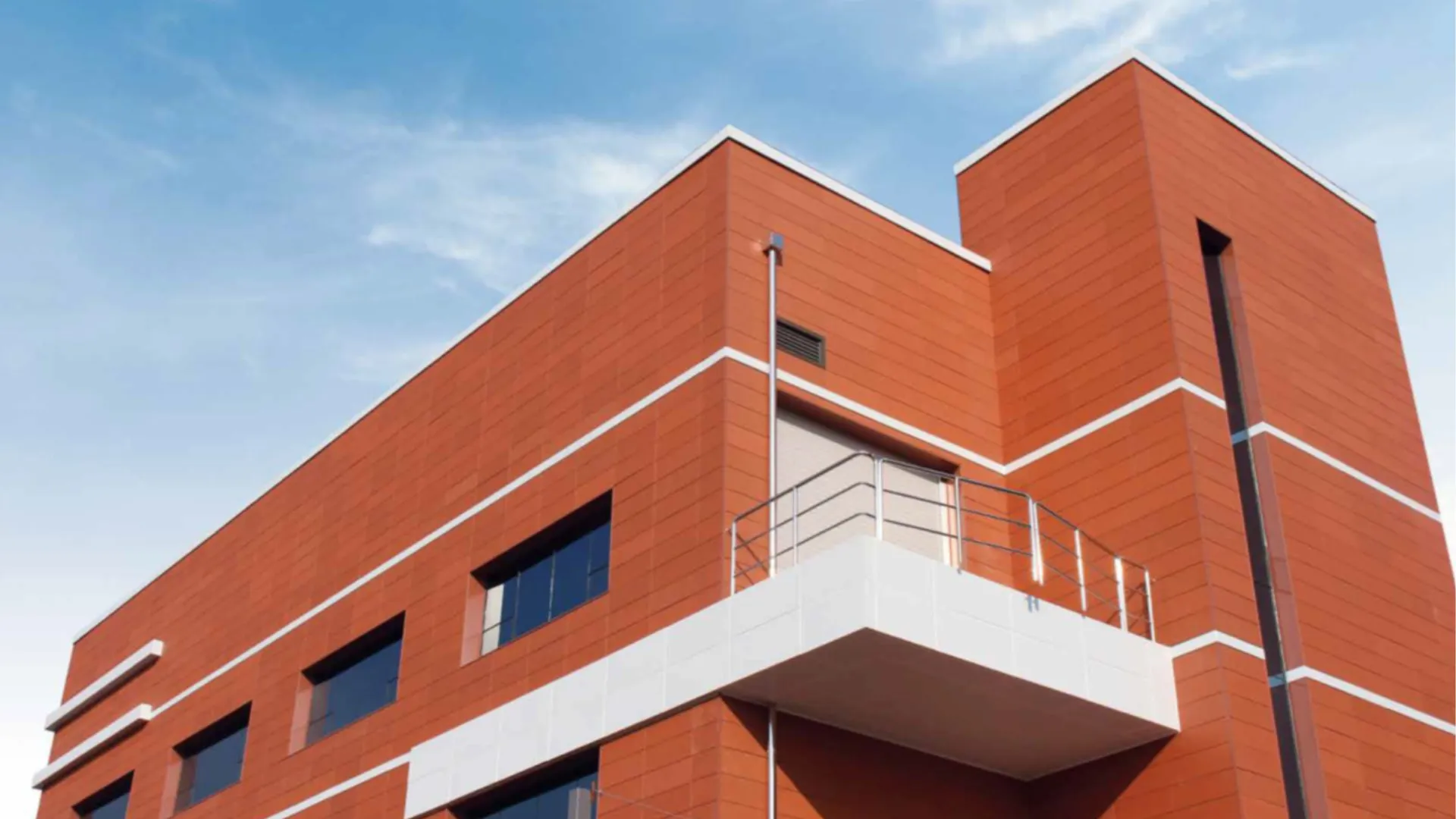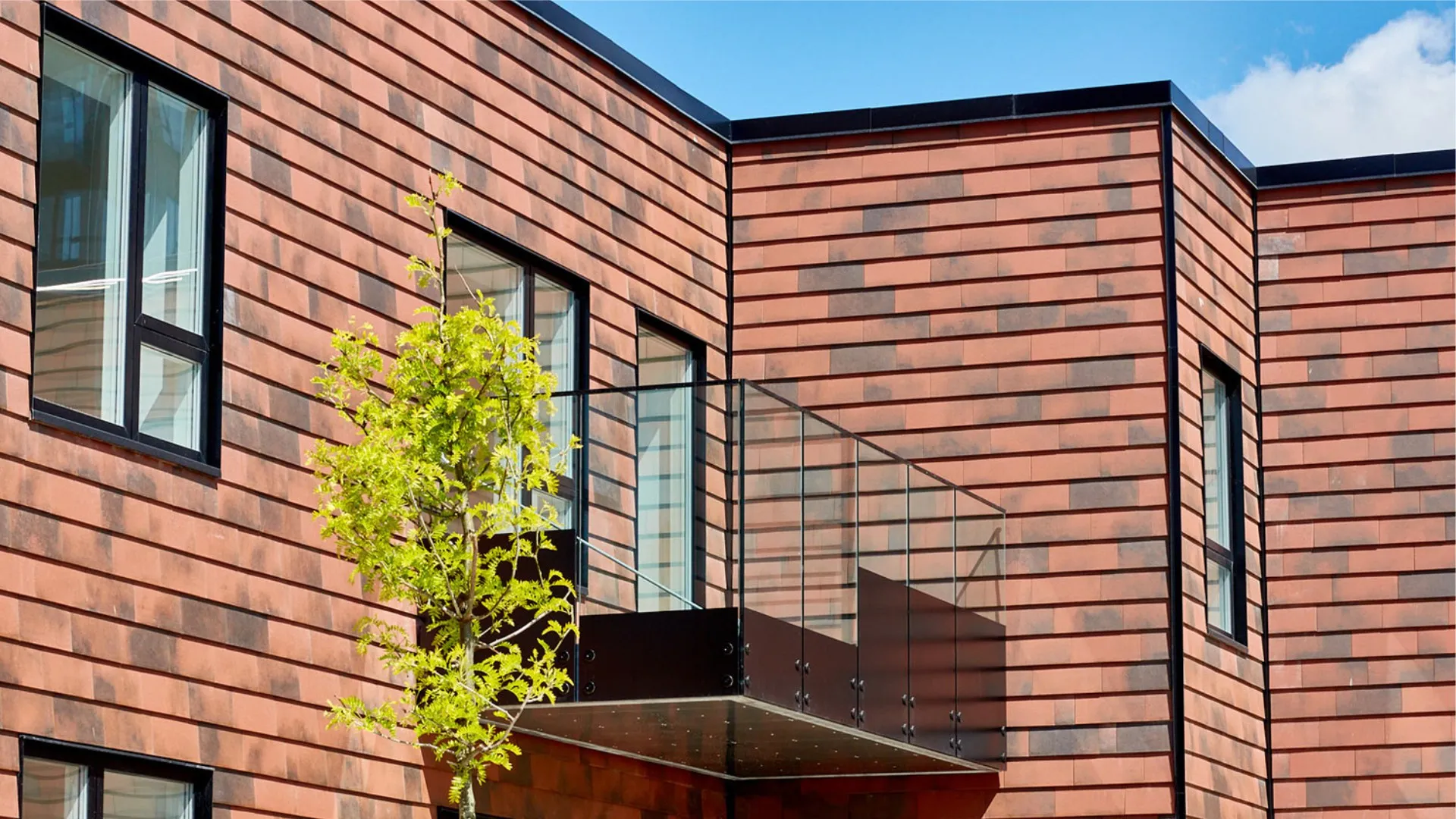
FRP Composite in the Construction Industry: A Versatile Material for Facades and Beyond
Introduction
Fiberglass reinforced polymer composite, commonly known as FRP composite, is a remarkable material created by combining fiberglass with a polymer resin. This unique blend harnesses the strength and stiffness of fiberglass while benefiting from the flexibility and durability provided by the polymer resin. In the construction industry, FRP composite has found its niche, offering an array of advantages and versatile applications, with a particular focus on facade panels, roofing, and cladding.
FRP Composite in Facades
FRP composite facade panels have gained popularity in both commercial and residential construction. These panels offer a spectrum of colors and finishes, allowing for customization to match any architectural style. However, it’s not just aesthetics that make them attractive; their resistance to the elements, including harsh climates, makes them a practical choice for buildings that require durability and visual appeal.
FRP Composite Roofing
In roofing applications, FRP composite shines as a lightweight yet robust alternative to traditional materials like metal and concrete. Its inherent resistance to fire and corrosion makes it particularly suited for commercial and industrial buildings where safety and longevity are paramount.
FRP Composite Cladding
Cladding, essential for shielding buildings from the elements, benefits from FRP composite as well. Like facade panels, FRP composite cladding comes in a variety of colors and finishes, making it a versatile choice for architectural design. Its resistance to fire and corrosion further enhances its suitability for structures in challenging climates.
Additional Applications in Construction
Beyond facades, roofing, and cladding, FRP composite finds use in various other construction applications:
1. Structural Components: FRP composite is employed in structural components like beams and columns due to its impressive strength-to-weight ratio.
2. Tanks and Pipes: Its resistance to corrosion makes FRP composite ideal for the construction of tanks and pipes, especially in environments with high humidity or salt content.
3. Electrical and Mechanical Components: FRP composite’s electrical insulating properties make it valuable for electrical and mechanical applications.
4. Molds and Forms: Its versatility extends to creating molds and forms for concrete and other construction materials.
5. Decorative Features: FRP composite’s adaptability allows for the creation of decorative architectural features, enhancing building aesthetics.
Advantages of FRP Composite in Construction
The use of FRP composite in construction offers several notable advantages:
1. Lightweight: Its lightweight nature simplifies transportation and installation.
2. Strength and Durability: FRP composite can withstand harsh weather conditions, ensuring a long-lasting construction solution.
3. Corrosion Resistance: It resists corrosion, making it suitable for humid or salty environments.
4. Fire Resistance: FRP composite’s fire resistance enhances safety in applications where fire risks are a concern.
5. Impact Resistance: Its impact resistance makes it ideal for applications prone to physical damage.
6. Easy Maintenance: FRP composite is easy to maintain, requiring simple cleaning with soap and water.
In conclusion, FRP composite has emerged as a versatile and reliable material in the construction industry. Its broad range of applications, from facade panels to roofing and cladding, underscores its adaptability and durability. Whether used in demanding environments or safety-critical applications, FRP composite stands as a valuable choice for modern construction projects, offering strength, longevity, and design flexibility.



